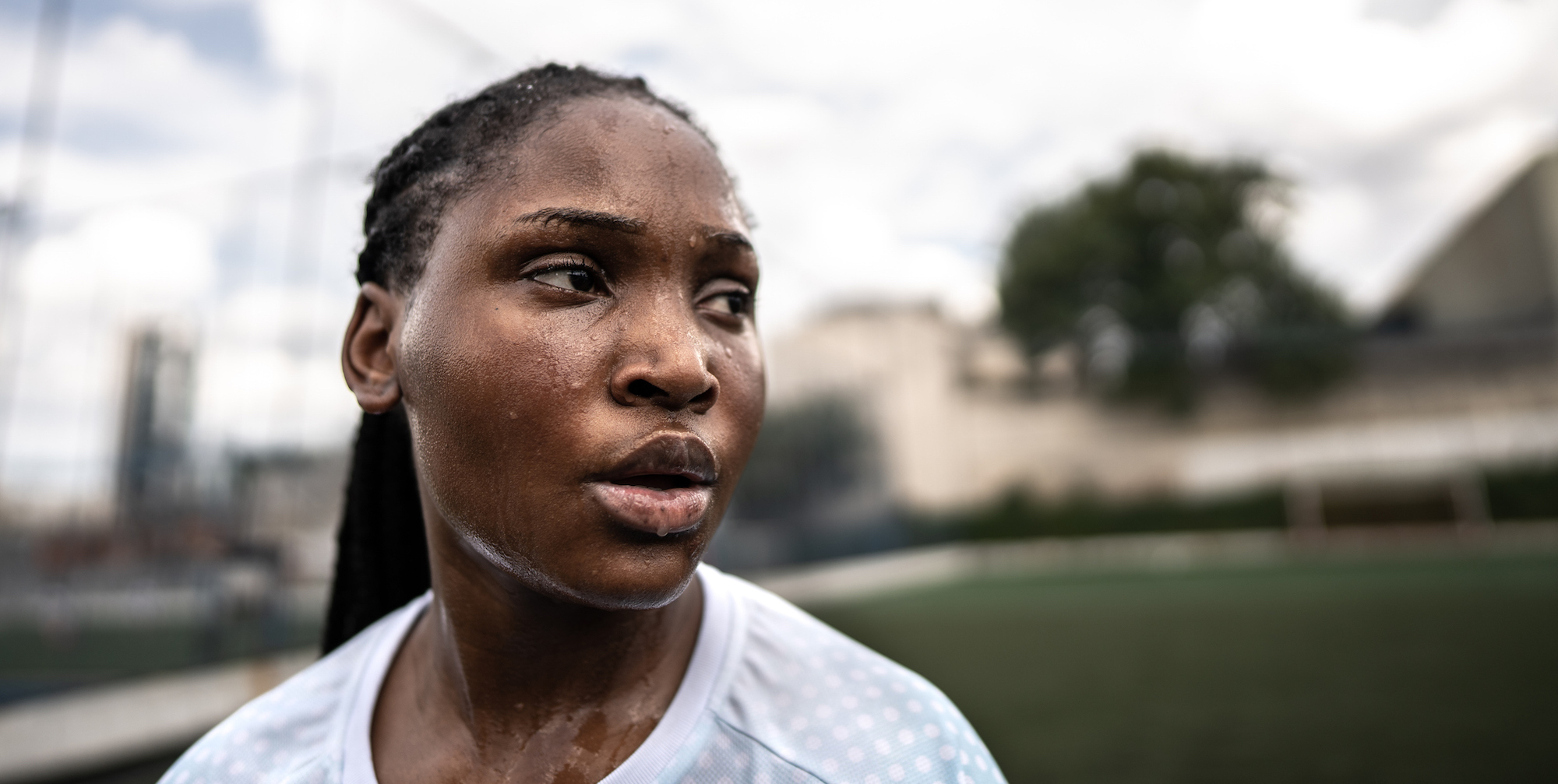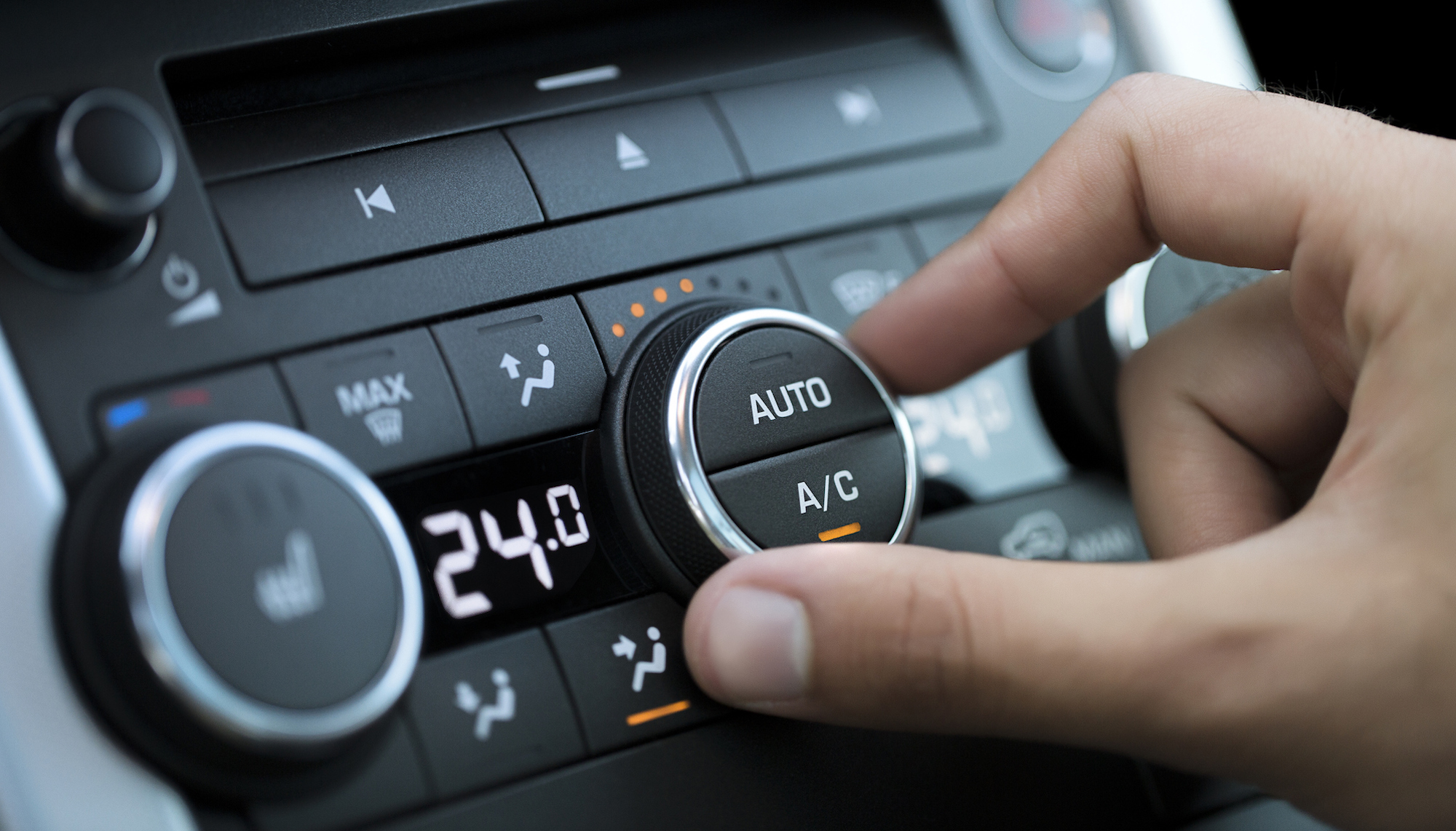While Australia experienced an abnormally warm winter in 2023, those in the northern hemisphere were sweltering through their hottest summer on record. El Niño has been officially declared by both the World Metrological Organisation and the National Oceanic and Atmospheric Administration (NOAA). In September, the Australian Bureau of Meteorology confirmed that the El Niño phase of the El Niño-Southern Oscillation (ENSO) was underway.
El Niño could make 2023-24 summer one of our hottest in years, with serious health consequences for the very young, the very old, and those with existing health conditions. While extreme heat is the deadliest natural disaster, heat also impacts healthy adults and physical activity limits, either for work or sport.
The recent Intergenerational Report outlined that increased temperatures due to global warming will lead to a reduction Australia’s workplace productivity which will cost the country between $135 billion – $423 billion. That’s why research at Griffith University is focused on finding solutions to combat heat’s impact on how we work, live, and play.
“Physiologically there is an environmental ceiling we can tolerate before overheating. As climate change worsens, we will experience more days that approach or exceed these limits, impacting scheduling, duration, and intensity of activities to avoid heat stroke.”

Physiologically there is an environmental ceiling we can tolerate before overheating. As climate change worsens, we will experience more days that approach or exceed these limits, impacting scheduling, duration, and intensity of activities to avoid heat stroke.
This is compounded by ageing, chronic illnesses, and certain medications that hinder our ability to maintain thermoregulation by reducing sweating and the ability of our kidneys, heart, and vascular system to manage blood flow. With an aging population and workforce, we need to prepare for the impacts of heat across all sectors.
How to stay safe at work?
Workplaces need to provide adequate heat hygiene practices and resources for their employees. Particularly those most likely to experience heat stress. It may include education around identifying and modifying known inherent risks, such as physical fitness, nutrition, sleep quality, obesity, and hydration. This can keep workers safe and productive.
Additionally, implementing environmental and physiological monitoring, adjusting work-to-rest ratios and/or providing spaces to physically cool workers – through air-conditioned or ventilated and shaded spaces, providing cooling garments, or cool water immersion, consumption or dousing – can be powerful tools to decrease heats impact on health and productivity.
How to stay safe at home?
Despite its widespread adoption across Australian homes, air conditioning is becoming more of a luxury. Energy costs, hotter temperatures, and possible blackouts may prevent its use when needed most. Research has been exploring more sustainable ways of operating air-conditioners or alternatives which maintain safety and comfort during heat events.

To stay safe and cut costs
While running your air-conditioner
- Set your air conditioner cooling setpoint to 27 °C and use with a personal fan. This will give you the same effect as still air at 24 °C.
- Shut doors to cool only the space you’re in, reducing the amount of energy needed.
If air conditioning is not an option
- Stay hydrated to offset sweating and maintain blood volumes. Cold water may improve comfort but will only be effective at lowering core temperature if you’re already sweating.
- Use fans to promote sweat evaporation. Regardless of the humidity fans are safe for healthy adults when temperatures are less than 39 °C, and 38 °C for healthy older (+65y) adults. Make sure to drink an additional glass of water each hour to prevent dehydration.
- Wet clothing and/or skin with iced, cooled, or tap water. Refresh as clothing/skin warms and dries out;
- Limb immersion of the feet and/or hands with water between 18-25 °C. Or take a cold bath/shower.
Other general tips
- Try to occupy the coolest area at home.
- Close doors, windows, blinds in the early morning before the day heats up, then open everything back up in the late afternoon to take advantage of cooler overnight temperatures. This advice is best for insulated and shaded homes.
- If your home environment is like outside temperatures, try to promote airflow and ventilation throughout the day.
- Reduce physical activity.
- Wear light and low coverage clothing.
- Have a cool sleeping area to help your body recover from the daytime heat.
- Utilise public cool refuges such as libraries or shopping centres that have air-conditioning already operating during the day.
Author
Dr Aaron Bach is a Research Fellow within the School of Medicine and Dentistry at Griffith University. Aaron co-leads a Wellcome Trust funded project looking to develop heatwave risk mitigation strategies for older populations. Other ongoing projects include the potential for protective physiological adaptation as a result of heat therapy in adults with heart failure; and cooling workers to maintain productivity and safety in physically demanding workforces. His background is in human physiology, specifically occupational safety, work/exercise performance in extreme environments, thermal comfort, and risk mitigation strategies.

